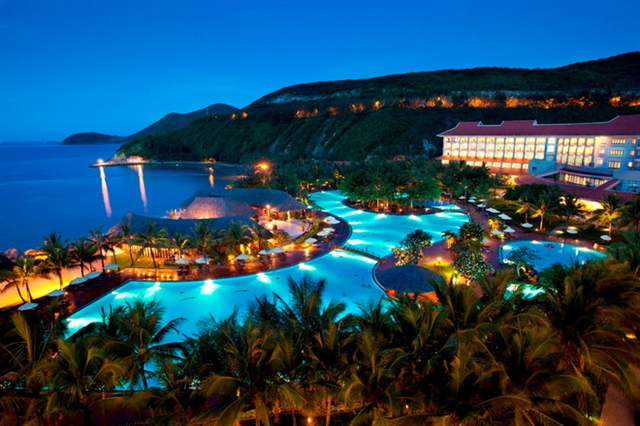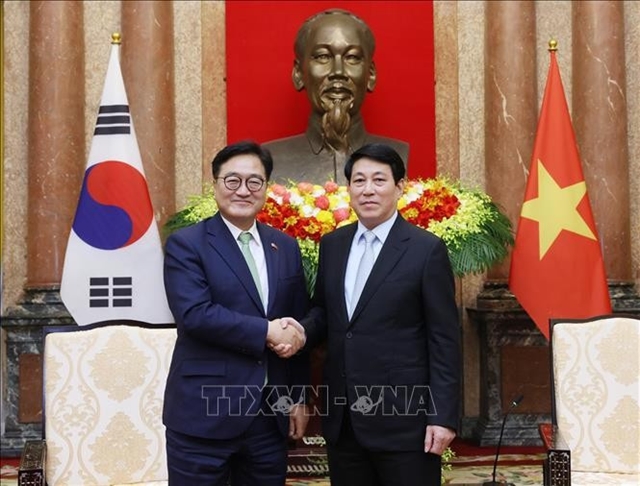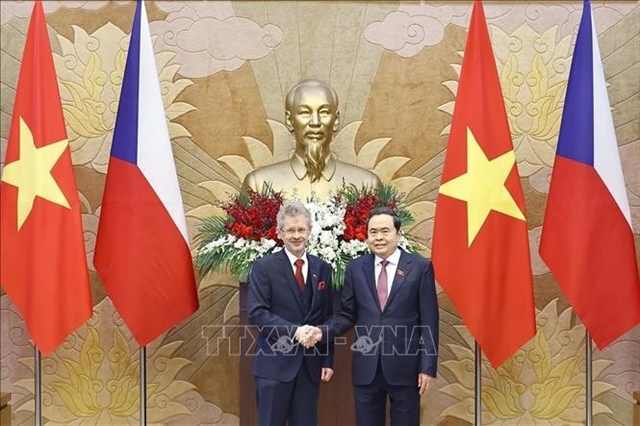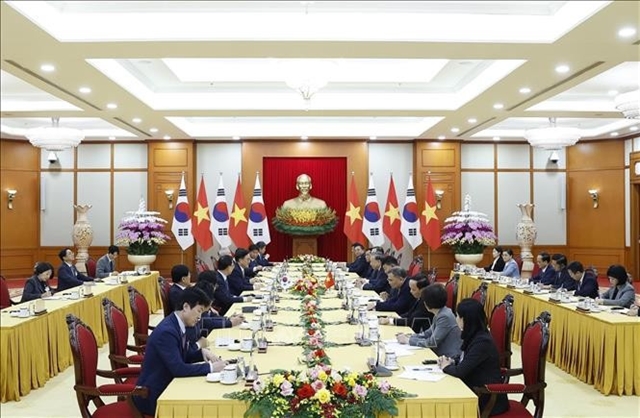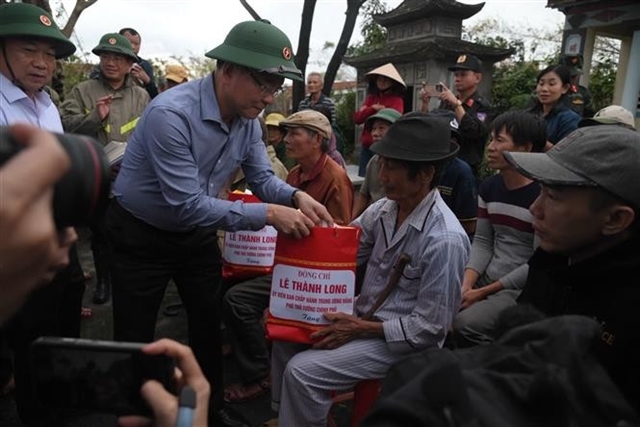 Society
Society

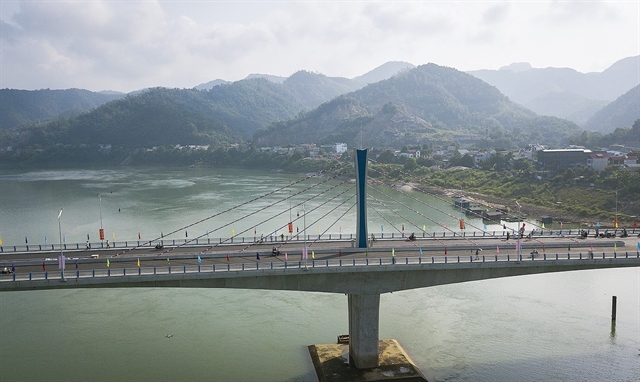
|
| Inaugurated last year, Hòa Bình 2 Bridge has helped ease the traffic load for Hòa Bình City. — VNA/VNS Photos Trọng Đạt |
HÒA BÌNH — As part of the continuous efforts for the province's comprehensive development, Hòa Bình traffic infrastructure has seen progressive changes in recent years.
Hùng, a local who has worked as a taxi driver in Hòa Bình City for the past six years, said that the transformation is evident.
An example is how travelling from Hà Nội to Hòa Bình now only takes a little over an hour, thanks to the Hòa Lạc - Hòa Bình Expressway.
Back in the day, the trip could last up to two and a half hours, as there was only the busy, narrow National Route No 6, Hùng said.
While believing there is still room for improvement in traffic density management, he said routes connecting the province's districts had seen positive changes.
The taxi driver told Việt Nam News: "The routes were quite treacherous before, but now it's great, taking only about 20 minutes to reach Thung Nai ferry terminal [in the tourism area of Hòa Bình Lake].
"The roads are newly built, wider, and much better for tourism."
In the inner city, Hòa Bình 2 Bridge, which was inaugurated in September last year, not only shortens the route to school for students of the riverside Hoàng Văn Thụ High School but also eases the loads for the two other bridges in the area.
Hùng said: "Hòa Bình 1 Bridge was always overcrowded.
"During rush hour, you can see vehicles lined up from one end to another, and nobody could move. Now the situation is much better."
Situated in the northwest of the capital city of Hà Nội, Hòa Bình Province is part of the Hà Nội metropolitan area.
Lê Ngọc Quản, deputy director of Hòa Bình Department of Transport, said: "The goal is that by 2025, Hòa Bình's economic performance will be equal to the national average.
"Hòa Bình also aims to become a developed locality among the leading group in the northern midland and mountainous region by 2030."
For the long-term vision, the resolution of the 17th Provincial Party Congress for the 2020-25 tenure also stated that by 2050, Hòa Bình would be a developed province of the country.
In realising these goals, the locality set out four breakthrough strategies, one of which highlights transport as the key to economic growth, benefiting not only trade and business but also tourism and local living standards.
An economic corridor between the capital city of Hà Nội and the northern provinces of Hòa Bình, Sơn La and Điện Biên, is also in the plan, following the Politburo's Resolution No 11-NQ/TW dated February 10, 2022.
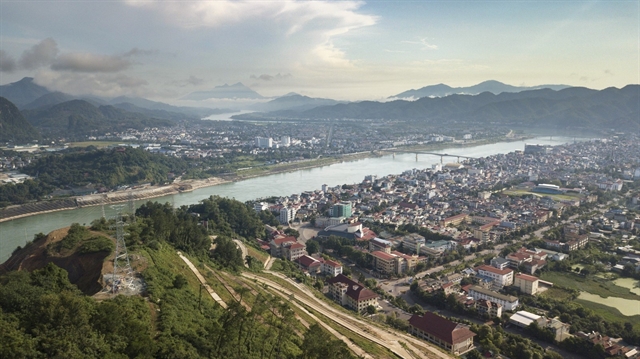
|
| An aerial view of Hòa Bình City, the capital of Hòa Bình Province. |
With a total area of nearly 4,600sq.m in the mountainous region, the locality's infrastructure is essential to connecting remote areas and its development goals.
Better connections for transport, on both roads and waterways, are also crucial to taking advantage of Hòa Bình's enormous potential in tourism.
In addition to the recognised national tourism area of Hòa Bình Lake, the province is also home to numerous famous tourist attractions, including Kim Bôi mineral spring, Tiên Pagoda, and Mai Châu District's Lác Village.
Hòa Bình hydroelectric dam in the locality is also considered one of the largest in Southeast Asia.
According to the province's report on the implementation of the local tourism development project in the 2021-25 period, with a vision to 2030, there are currently 274 vessels for commercial use, alongside 145 permanent intra- and inter-provincial transport routes on the road.
While Hòa Bình is steadfast in its socio-economic development goals, the locality also invests in climate change responses.
Last year, the province approved a five-year plan to build a modern and comprehensive socio-economic infrastructure, prioritising transport, environment protection and adapting to climate change.
According to Programme No 02/ĐA-TU, by 2025, projects for Pheo - Chẹ route, Bùi River and Bôi River embankments will be completed, serving as both transport routes and flood prevention structure.
Water security is also an area of focus, especially water resources for agriculture and surface water quality in residential areas, said the programme document.
Quản, the provincial deputy director of transport, said: "With the direction for the infrastructure development set, as well as the determination and engagement of the authorities, Hòa Bình will witness breakthrough achievements." — VNS

